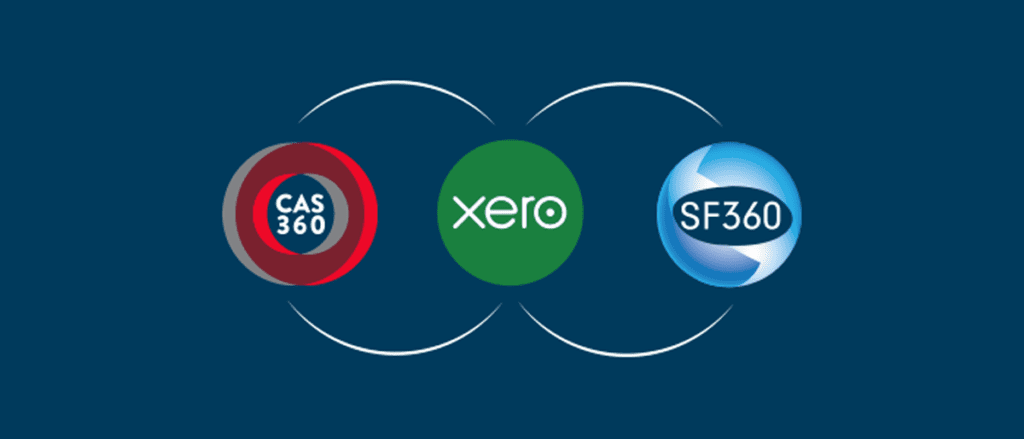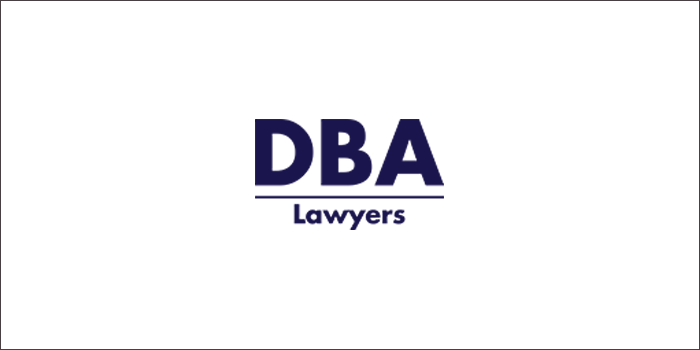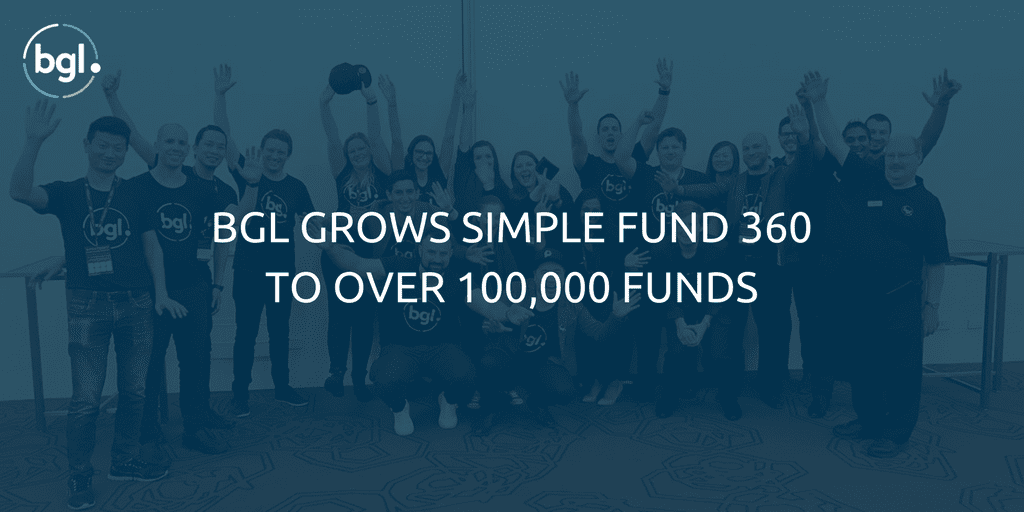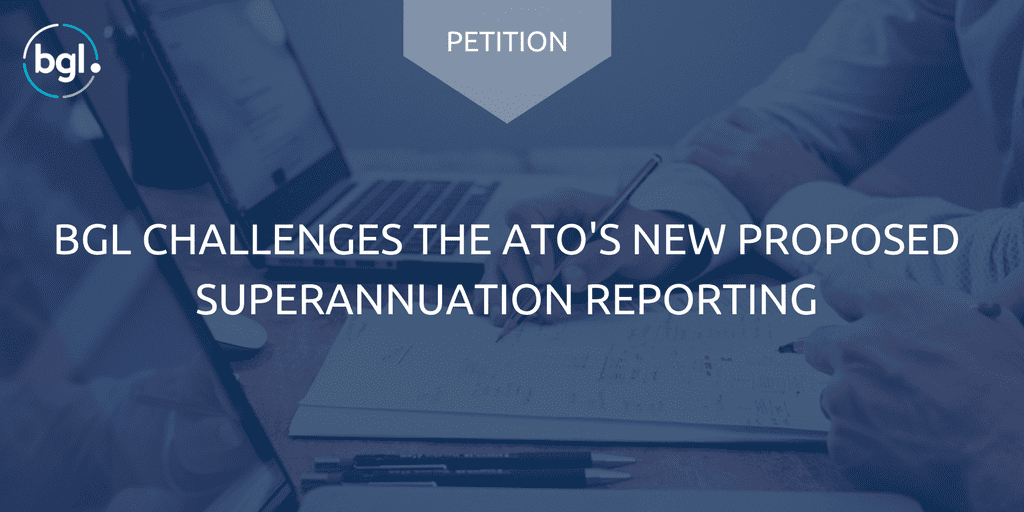
BGL has conducted our #TellTheATO Campaign designed to get the ATO rethink its approach to the proposed Transfer Balance Account Report (TBAR). The ATO has certainly made some changes to the initial implementation proposals but our research (and that of many others) tells us these changes have simply not gone far enough.

BGL Corporate Solutions, Australia’s leading developer of SMSF administration and ASIC corporate compliance software solutions, has released two-way integration with Xero Practice Manager to automatically synchronise contacts in Simple Fund 360 and CAS 360 with Clients in Xero Practice Manager.
“We have had this integration available in closed beta for a few months now, but today we have commenced the roll out to all BGL Simple Fund 360 and CAS 360 clients, says BGL’s Managing Director, Ron Lesh.

By Gary Chau (gchau@dbalawyers.com.au), Lawyer, and David Oon (doon@dbalawyers.com.au), Senior Associate, DBA Lawyers
A common question we get asked when a client’s self managed superannuation fund (‘SMSF’) is undertaking a limited recourse borrowing arrangements (‘LRBA’) is whether there needs to be a separate bare trustee (usually a company) for each bare trust. The short answer is no. However, it is helpful to also go through the other aspects of LRBAs to give more detailed guidance.

By Joseph Cheung (jcheung@dbalawyers.com.au), Lawyer and William Fettes (wfettes@dbalawyers.com.au), Senior Associate, DBA Lawyers
The tax treatment of death benefits paid from an SMSF to a deceased member’s estate can be complex. Tax law contains a ‘look through’ provision in respect of death benefits paid to an estate (ie, to a legal personal representative being the executor of a will or the administrator in the case of intestacy). This article examines the key criteria of this ‘look through’ provision and the resulting tax treatment.

BGL has found some interesting SMSF industry trends in our 200+ million Simple Fund 360 transactions.

By Joseph Cheung (jcheung@dbalawyers.com.au), Lawyer and David Oon (doon@dbalawyers.com.au), Senior Associate, DBA Lawyers
A reg 13.22C non-geared unit trust (‘NGUT’) is not included as an in-house asset (‘IHA’) at the time of the initial investment provided certain criteria is met. Some trustees may think that they are investing in a reg 13.22C NGUT on the basis that the unit trust does not have outstanding borrowings. However, there are other criteria that must be satisfied in order for the NGUT to be properly categorised as a reg 13.22C NGUT. This article explores some of the criteria required for an investment to be a reg 13.22C NGUT and the events that can occur to cause the investment to no longer be a reg 13.22C NGUT. These events will typically lead to the investment becoming an in-house asset where the trust is controlled or majority controlled by related parties.

By Gary Chau (gchau@dbalawyers.com.au), Lawyer, and David Oon (doon@dbalawyers.com.au), Senior Associate, DBA Lawyers
The Australian Prudential Regulation Authority (‘APRA’) has just updated its Superannuation Prudential Practice Guide SPG 280 — Payment Standards (‘SPG’) in June 2017.





Recent Comments